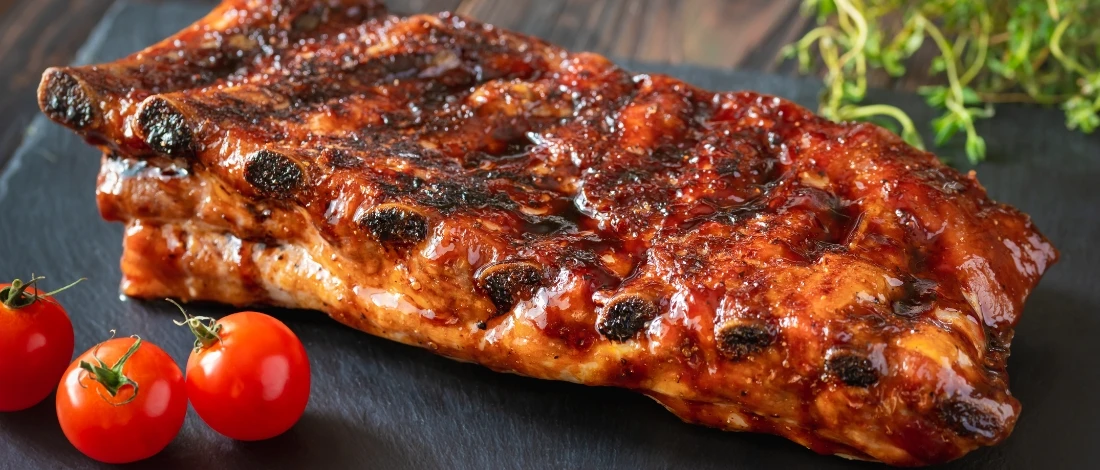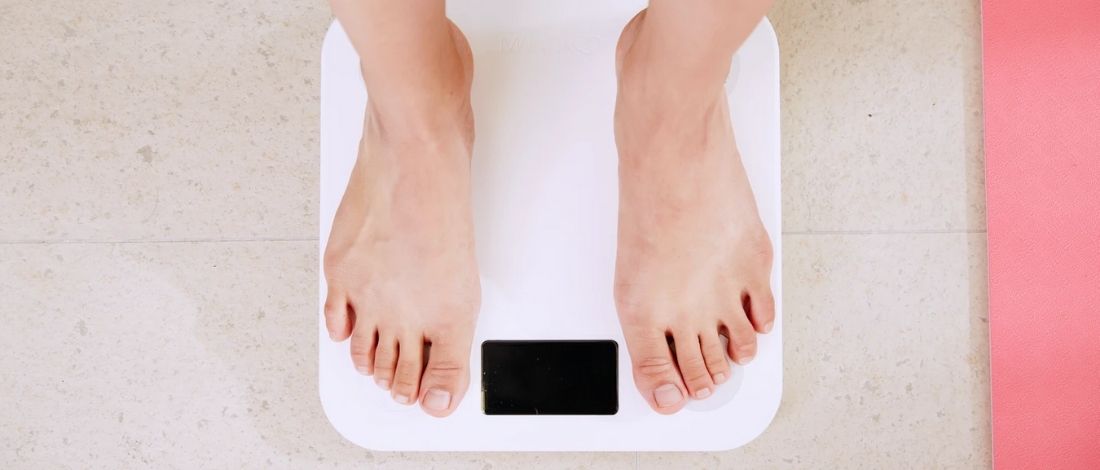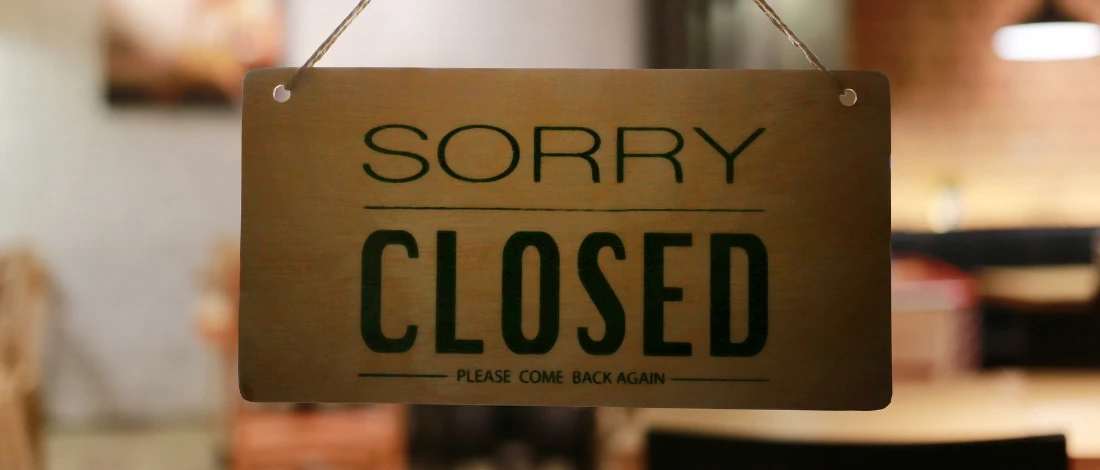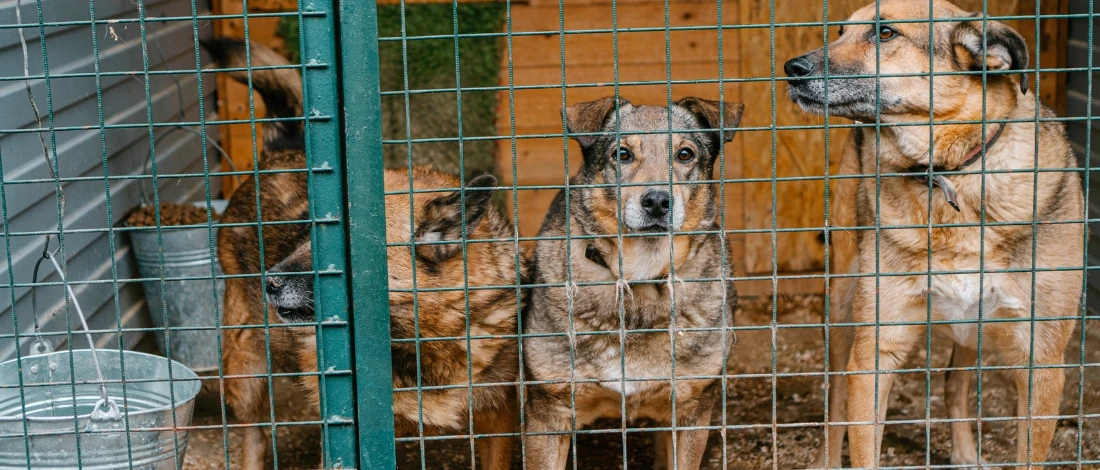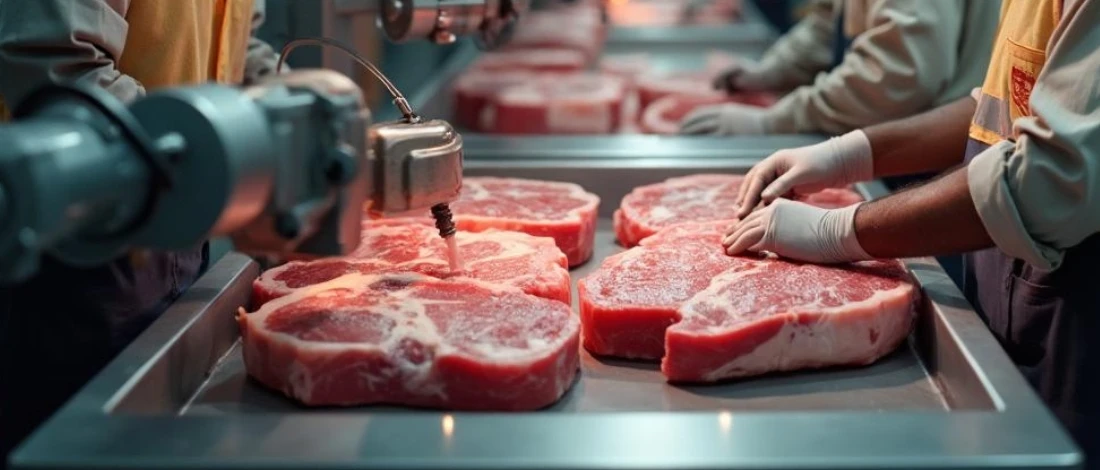There's one question that seems to divide people when it comes to smoking the brisket fat side: should you cook brisket fat side up or down?
Most people do have a preference for cooking beef brisket. Some swear by the fat side down, while others can’t imagine anything better than juicy slices of beef with the fat side up. And some take the middle road and rotate their brisket as it cooks.
We'll take a look at all of these methods and explore the pros and cons of each way to cook.
There are benefits and drawbacks for all sides, but my years of experience making award-winning brisket means I know all the pros and cons of how to cook your brisket even with the fat cap.
Quick Summary
- Cooking brisket with the fat side up or down has its own merits; fat side up is thought to baste the meat, while fat side down protects it from heat.
- The decision may depend on the type of smoker, heat source, and personal preference. Fat side down often results in more even cooking, while fat side up may cause uneven fat rendering.
- A 2018 study in the National Library of Medicine found that boiling Hanwoo brisket retained more moisture and less fat compared to oven roasting, with higher core temperatures increasing lipid oxidation and altering fatty acid composition, while oven roasting enhanced aroma profiles with a richer presence of aldehydes and pyrazines [1].
- There's no definitive right or wrong way. Some choose to flip the brisket during cooking to gain benefits from both methods.
About Brisket

Brisket comes from the pectoralis muscle of the cow.
Those muscles support up to 60% of the bovine weight. According to a 2018 study in the National Library of Medicine, muscle fibers of red meat are full of connective tissue that needs to be cooked slowly, away from direct heat to increase the tenderness of the collagen [2].
This cut of meat has two distinct sides. A fat layer covers one side while they trim the other side to expose the meat.
Although the meat can absorb moisture, most smokers of competition briskets work to avoid their meat coming in direct contact with intense heat.
Rather, they cook the brisket with a rub or seasoning to keep it moist and for extra smoke flavor.
They may also use foil or a water pan while smoking to keep more moisture in the brisket.
Most BBQ experts prize a certain amount of bark formation, and so many pitmasters are very careful how they deal with the extra fat on the one side of the brisket to get a better bark.
Also Read: Best Substitute for Beef Brisket
Fat Side Up
Pros

Those who advocate for cooking brisket fat side up base their choice on the belief that the meat will become juicy and flavorful when the fat melts into the meat.
As the brisket heats, flavorful droplets of fat will baste and braise the BBQ.
The low heat and long cook time will break down the fat and render it when cooking the brisket with the fat side up.
This will yield tender, moist slices of brisket that are crispy on the edges but juicy in the middle.
After all, when you have finished smoking brisket, you end up with a drip pan of rendered beef fat in the smoker's bottom.
This melted fat should naturally braise the beef as it smokes on the drip pan, keeping the meat juicy and moist.
Further, the brisket fat cap protects it from the heat from the smoker's top. Particularly in offset smokers, where the heat comes from the top, the fat cap will protect the meat from drying out.
In a non-offset smoker, if you are looking for a thicker bark on the bottom of your brisket, then cook the fat side up. The heat rising against the unprotected underside of the meat will create a fuller bark.
Cons
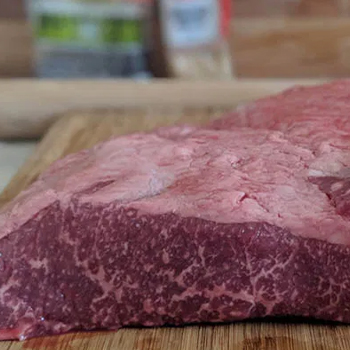
The biggest con about smoking brisket with the fat side up is that its main advantage, the moistened brisket due to fat rendering, really is a complete myth.
According to Scientific American, meat is a muscle, and muscle is a water-dense organ [3]. Just as oil and water don't mix, neither do fat and muscle.
That is why fat is marbled in some cuts of meat and cannot penetrate the muscle.
This means that the brisket fat cap is not braising your brisket and keeping it moist at all.
Instead, you simply have a fat cap dripping down the sides of the meat and washing away your seasoning or rub.
Another problem with the brisket fat side-up approach is that the grill grates pressed against the bottom of the meat prevent the brisket from forming an even and consistent bark. Instead, some parts of the bark will be thicker than others which leads to an inferior presentation.
Fat Side Down
Pros

The greatest benefit of smoking your brisket fat side down is that the fat cap protects the brisket from drying out.
Nothing is more disappointing than a dry brisket.
The meat is less likely to dry out during the smoking process by cooking fat side down. It adds moisture to your brisket as it cooks, yielding richer slices than you otherwise would get.
The bottom of the smoker has the highest temperatures, and the brisket fat cap acts as insulation and a heat shield against the drying effects of the fire.
This means you get a much more tender smoked brisket.
“With all other foods, there’s a right way and a wrong way. With brisket, there’s only ‘my way.’”
- Phyllis Cohen, Psychotherapist
Additionally, cooking fat side down does good things for your bark.
The even heat around the meat leads to the most uniform bark possible.
Because the meat is not directly in contact with the grill, you won't have the presentation side of your brisket stuck to the grate.
You will have nearly 30% more of the meat available for cooking because the grill will not block the heat and smoke.
Furthermore, many people think the additional smoke that the brisket fat cap creates from fat dripping directly onto the hot coals adds a delicious, strong flavor to it.
Plus, you get access to the meat, not just the fat cap.
This means you can mop your brisket directly - without the fat cap getting in the way. And since the fat cap is on the bottom, you will not have the fat cap washing away any of that flavor.
Cons

There are not many negatives to brisket fat-side-down cooking.
Probably the largest one is that, if you are working in a horizontal offset-style smoker, you have the potential to dry out your brisket.
Top heat is the enemy of fat-down cooking, so know your smoker type and plan accordingly.
Also, if you cook brisket fat side down, there's a higher chance that the drippings from your meat may land on the bottom of your oven and flare, causing uneven or burnt patches on the brisket.
Rotate Or Flip
Pros

Those who choose to flip when cooking brisket fat side believe they get the best of both worlds.
They usually turn the meat every couple of hours and baste it to minimize the chances of the meat side drying out.
In doing so, the brisket has the opportunity to gain a uniform bark and reabsorb some of the moisture lost from exposure to the hottest part of the smoker.
Additionally, the meat is exposed to the melting fat cap half of the time.
If your smoker's radiant heat travels unevenly, then rotating the brisket is even more appealing.
Heat is the foe of moist brisket. You want to make sure that you do not expose the meat to the hottest part of the smoker for the entire smoking time. Otherwise, you will have parts that dry out.
Also, airflow in a smoker is never entirely even.
Thus, if the brisket stays in one position during slow cooking, there is a good chance that some parts will be dryer than the rest.
Flipping at least once during the smoking process can prevent this from happening. If you want the fat to protect the brisket from the heat source, then leave the brisket fat side down for most of the cooking time.
Cons

There are some downsides to the flipping process.
The most important one is that turning exerts pressure on the brisket and can tear the fat pad, leading to a loss of moisture.
To compensate, you have to baste the brisket every time you turn it.
You will lose less moisture in a good smoker by just letting the brisket sit than you will by flipping and basting.
Also, if you choose to cook the brisket with the fat side up initially, you may still get meat that is stuck to the grill grate - leaving you no better off than if you had been cooking the fat side up the entire time.
So start cooking the fat side down.
Should You Cook Brisket Fat Side Up or Down?

The clear winner is to cook brisket fat side down.
Not only do you protect the meat from drying out, but smoking with the side down also yields a more evenly cooked brisket.
It's not just about which method better suits your quest for the perfect brisket - the science of cooking leads to the side down being the champion when it comes to smoking beef brisket as well.
“Some foods will improve your meal, your mood, your day, your buttered noodles. Brisket will improve your life.”
-Stephanie Pierson, Author
There are a few occasions when the fat is downward and doesn't make the most sense.
First is if you have a horizontal offset smoker where the highest temperatures are at the top. In that case, cooking with the side up may be better - though you'll sacrifice some bark.
Next, if you operate a vertical offset smoker and cook on one of the ends closest to the firebox, turning may make more sense.
Finally, if your smoker has uneven heat, then the rotation may be the best way to keep the brisket moist while you cook.
Of course, another way to avoid dry brisket is to wrap the meat in aluminum foil partway through as you cook your brisket.
Related Articles:
Texas Style Smoked Beef Brisket
As a lover of all things Texan cuisine, I’ve spent countless hours in the kitchen trying out different recipes in the hopes of creating the perfect Texas-style smoked beef brisket. Let's get into it.
Recipe Overview
- Prep Time: 30 minutes
- Cook Time: 15 hours, plus 1 hour of resting time
- Total Time: 16 hours and 30 minutes
- Number of Servings: 14
Ingredients
- 14-pound packer brisket
- 2 tablespoons kosher salt
- 2 tablespoons black pepper
- 1 tablespoon garlic
- 1 tablespoon onion
- 1 teaspoon chili (optional)
Instructions
- Preheat the smoker to 225 degrees.
- Trim the cold brisket, removing excess fat and silver skin.
- Apply the rub to the whole brisket, ensuring it's fully covered.
- Smoke the brisket with the point end facing the heat until it reaches 165 degrees.
- Remove, wrap in butcher paper, and continue smoking until it reaches 205 degrees.
- Let the brisket rest for one hour.
- Slice the point and flat against the grain.
- Serve with white bread, cheddar cheese, and dill pickles.
References:
- https://www.ncbi.nlm.nih.gov/pmc/articles/PMC5767513/
- https://pubmed.ncbi.nlm.nih.gov/29636208/
- https://www.scientificamerican.com/article/muscle-versus-fat/


